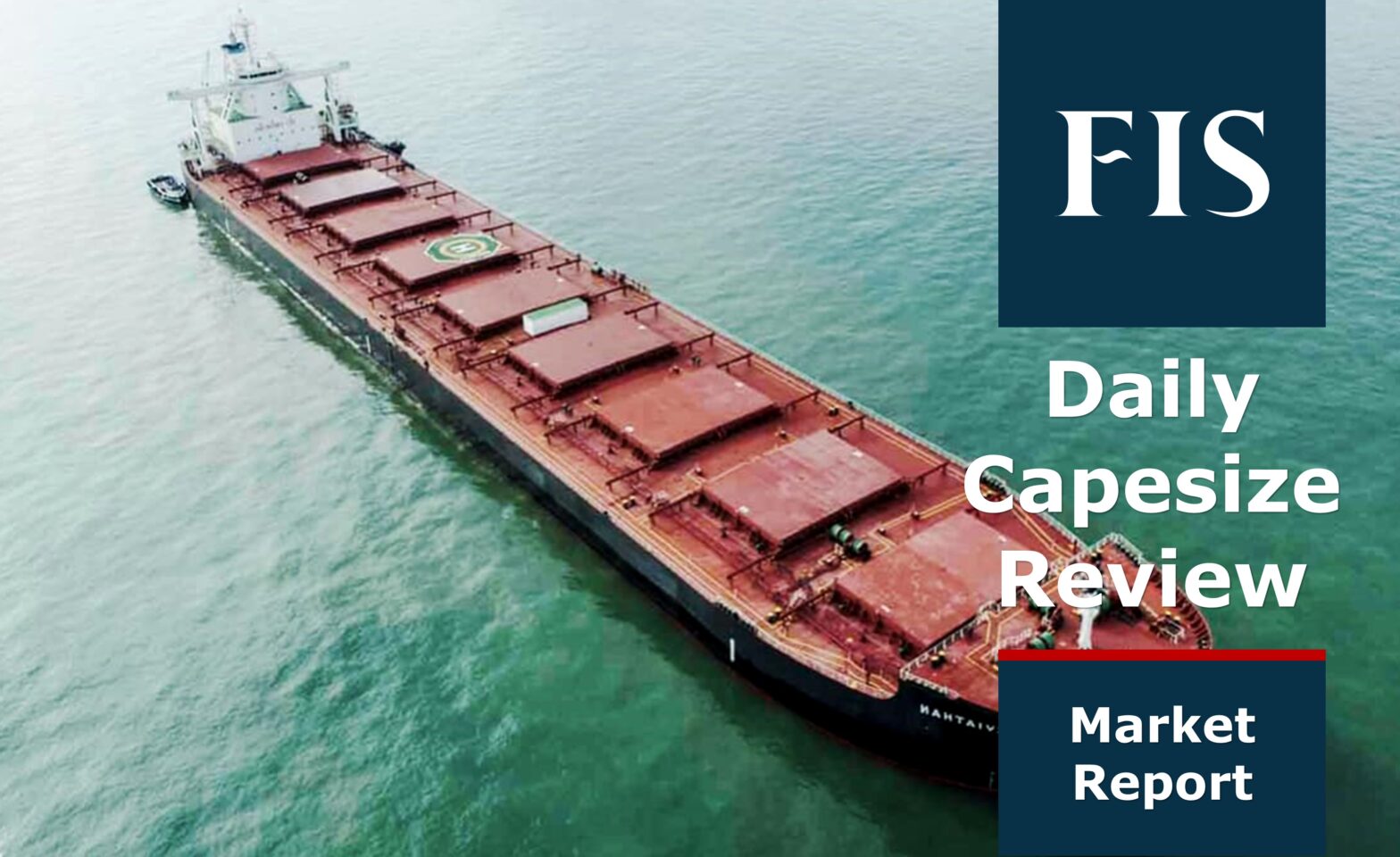Capesize freight rates improved, being driven by bunkers and the T/Cs amid market uncertainty over the Russia-Ukraine conflict and its impact on the market.
The Capesize 5 time charter average, then rose by $605 day-on-day to $14,019 on Tuesday, after a cautiously bullish market.
The Baltic Dry Index (BDI) also increased by $29 day-on-day, or up 1.42% day-on-day, to $2,069, due to better freight rates.
Capesize rates break the $2,000/day mark amid Russia-Ukraine conflcit
Freight rates rose to the $2,000 per day for March and April contracts after a series of slump, with increased offers heard for shipowners in the Pacific trips.
This improvement led some market participants to believe the correction phrase for Pacific market was over with healthy demand in moving iron ore out of Australia.
There were better paying rates for cargoes out of Brazil as well, especially for the forward dated cargoes like April cargoes which was paid higher than those cargoes within the Pacific.
In the meantime, there was some market worries that the conflict in European will drag on for some time, after a failed ceasefire negotiation meeting, and resulted buyers to seek iron ore alternatives away from Russia and Ukraine suppliers.
Bunker prices rise on record high crude prices
The bunker prices extended bullish run as crude oil prices broke the $105/bbl level, which resulted the price of VLSFO to climbed by $12/mt to $798/mt in the port of Singapore.
To calm the rapid rise of crude prices, both Japan and the US agreed to release 60 million barrels of their strategic reserves into the market.
However, the move failed to tame the rising crude oil prices as the released volume barely covered for more than one day of global oil consumption, while market was more concerned about the escalating Russia-Ukraine conflict that affect oil supply and logistics.
